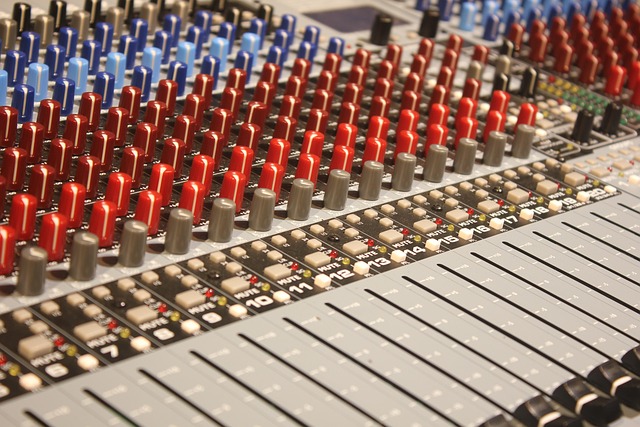The modern home cinema experience has evolved dramatically over the years, offering audiophiles and movie enthusiasts a chance to enjoy films in the comfort of their homes. However, as our love for immersive audio and video entertainment grows, so does the concern about the energy crisis affecting us all. It’s not just a global issue; it seeps into our daily lives, influencing how we set up and enjoy our cinema rooms.
Imagine this: You’ve set up your home cinema, featuring the latest high-definition projector and surround sound system. You invite friends over for a movie night, and as the lights dim, the excitement builds. But as the film rolls, a nagging thought creeps in—what is this indulgence doing to your electricity bill? The energy crisis we face today isn’t an abstract concept; it’s a real challenge that can impact how we consume entertainment in our homes.
Fortunately, innovation in audio technology is providing us with tools to tackle this dilemma. Manufacturers are now focusing on energy-efficient audio solutions that do not compromise sound quality. For example, advancements in audio recording techniques have introduced us to high-performance speakers that maximize sound output while consuming minimal power. This means you can still immerse yourself in rich audio landscapes without the guilt of excessive energy consumption.
A critical element of creating an energy-efficient cinema room is choosing the right equipment. Look for energy star-rated audio and video devices that prioritize performance and sustainability. LED projectors, for instance, consume significantly less power compared to traditional ones, allowing you to enjoy your films guilt-free. Moreover, smart technology enables you to monitor and control energy consumption in real time, optimizing your setup and ensuring that your home cinema is as energy-efficient as it is magnificent.
But it’s not just about the equipment; it’s about how we use it. Consider implementing a smart home system that can schedule when your devices are turned on and off. This is especially important during peak energy times when the cost can be substantially higher. By integrating automation into your home cinema experience, you can enjoy your favorite films while actively participating in energy conservation efforts.
Furthermore, the environment of your cinema room plays a crucial role in energy efficiency. Insulating the room properly and using dark-colored paint can reduce the need for excessive lighting during movie nights. Sound insulation can also help maintain audio quality, minimizing the need to crank up the volume, which can lead to higher energy consumption.
Audio recording technology continues to push boundaries, providing us with more options than ever before. With wireless speakers, for example, you can eliminate cumbersome cables that not only clutter your space but can also drain power. These devices often come with smart features that allow them to enter sleep mode when not in use, preserving energy and reducing your carbon footprint.
Ultimately, as we navigate the impact of the energy crisis in our home cinema rooms, it is essential to focus on sustainable practices that allow us to enjoy the full spectrum of audio and visual experiences without compromising our values. By investing in energy-efficient technology, optimizing our setups, and being mindful of our consumption, we create a cinematic experience that brings joy and excitement without the guilt of environmental impact.
In this ever-evolving landscape of audio and video, the fusion of enjoyment and responsibility can pave the way for a brighter, more sustainable future in home entertainment. So, the next time you press play, remember that each choice you make contributes to a larger conversation about energy conservation and enjoying the cinema experience at home.



